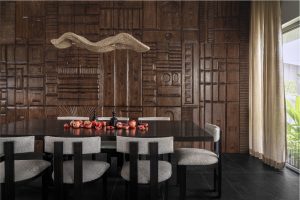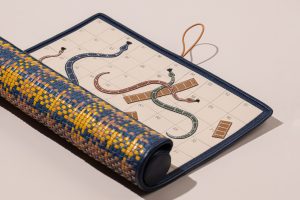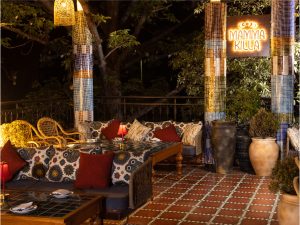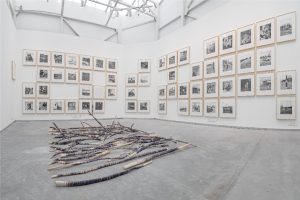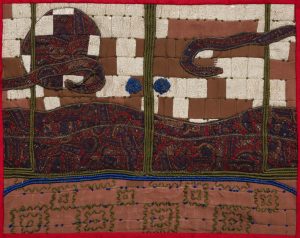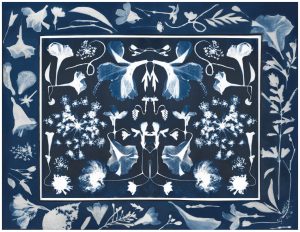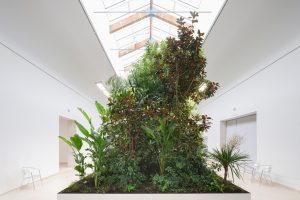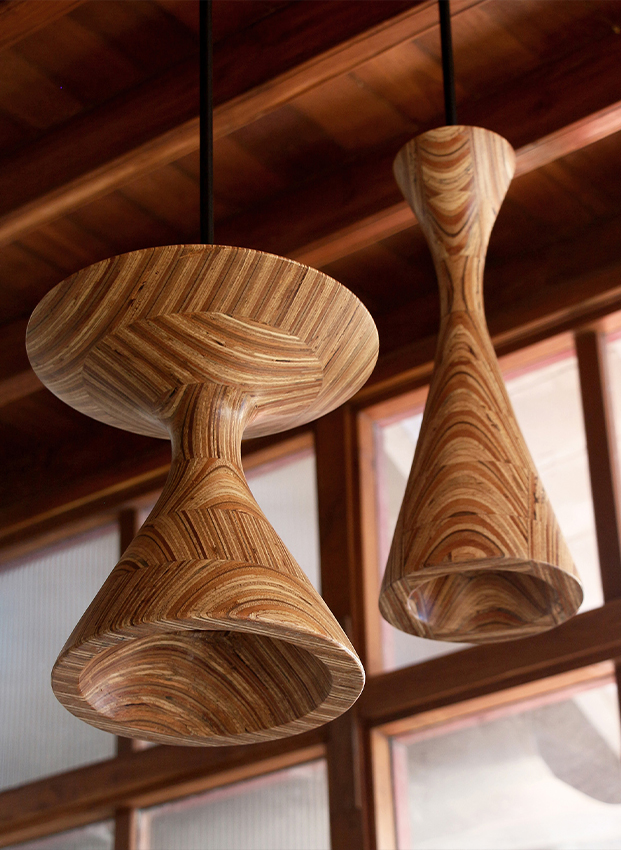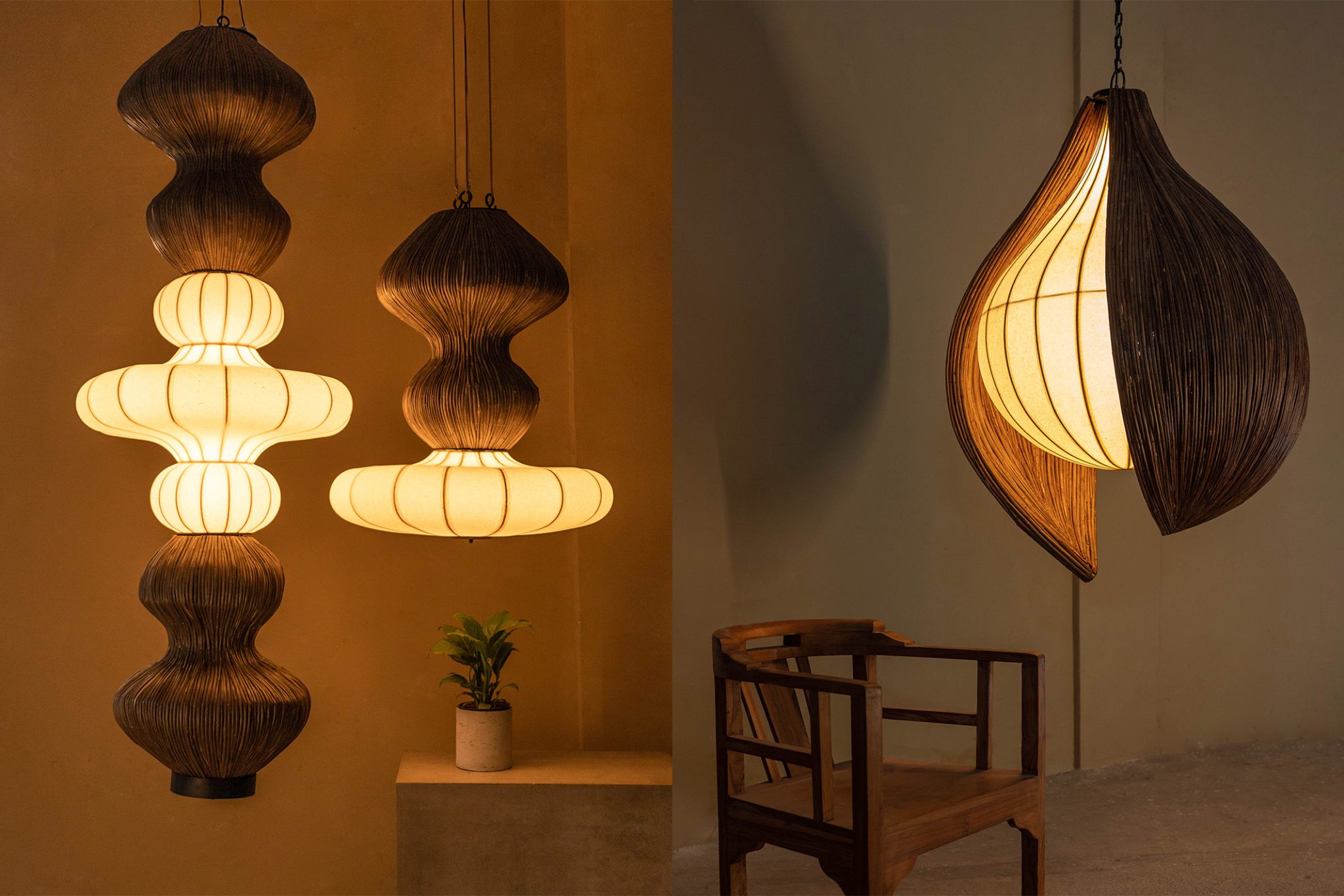DP Offline: Zoya And Alice Cicolini’s Jewellery Collection Is Inspired By The Art & Architecture Of Lhasa
Discover how a five-year creative partnership between Zoya and Alice Cicolini brought art and architecture together in Delhi—unveiling a sculptural jewellery capsule that celebrates enamel, memory, and feminine energy.
- 5 Jul '25
- 3:17 pm by Alvira Dsouza
In a landmark moment for Indian fine jewellery, Zoya, the luxury atelier from the Tata Group, unveiled a first-of-its-kind international collaboration with renowned British designer Alice Cicolini. The launch of their limited-edition capsule was celebrated through a thoughtfully curated evening that reflected the very soul of the collection: deeply feminine, richly layered, and culturally resonant.
Zoya’s partnership with Alice Cicolini marks a significant shift in Indian luxury. While the brand has always positioned itself at the intersection of design and narrative, this collaboration extends that ethos globally. Alice Cicolini, known for her dedication to reviving endangered enamelling techniques and her reverence for Indian craft, proved a natural partner for the atelier.
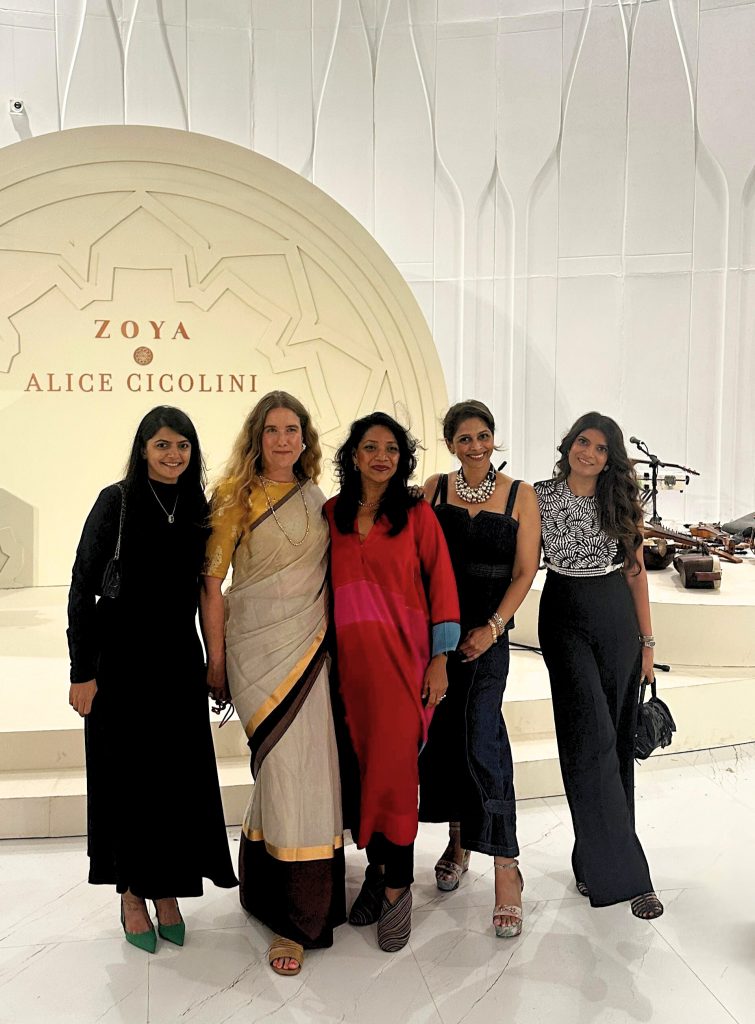
Esha Gupta, Founder and Editor of Design Pataki, hosted an evening that beautifully captured the spirit of creative collaboration, inviting the design community to witness the unveiling of Zoya and Alice Cicolini’s landmark capsule collection. Held at The Upper House by Tivoli in New Delhi, the event brought together art, architecture, and jewellery in a setting that felt both intimate and monumental. Among the attendees were leading voices from the design and creative community, including Sachin Gupta, Atul Pratap, Minishi, Vijay Kumar and Maha K from Design Doodles, Amit Gupta, Devika Khosla, Bobbi Tuli, Chetan Sheth, Anupa Reddy, Diptti Khanna, Katja Larsen, Geetanjali Kasliwal, Darshini Shah, Richa Sinha, Pallavi Shetty and many more—each contributing to an atmosphere of meaningful dialogue and celebration.
The collaboration was five years in the making. Rooted in a shared admiration for Indian enamel—known locally as meenakari—the capsule is a poetic tribute to one of the country’s most expressive luxury art forms. Drawing inspiration from the layered architectural landscapes of Tibetan monasteries, the collection combines soft, feminine energy with sculptural precision.
Also Read: Kenneth Cobonpue’s Artistic Furniture Shapes A Mumbai Home
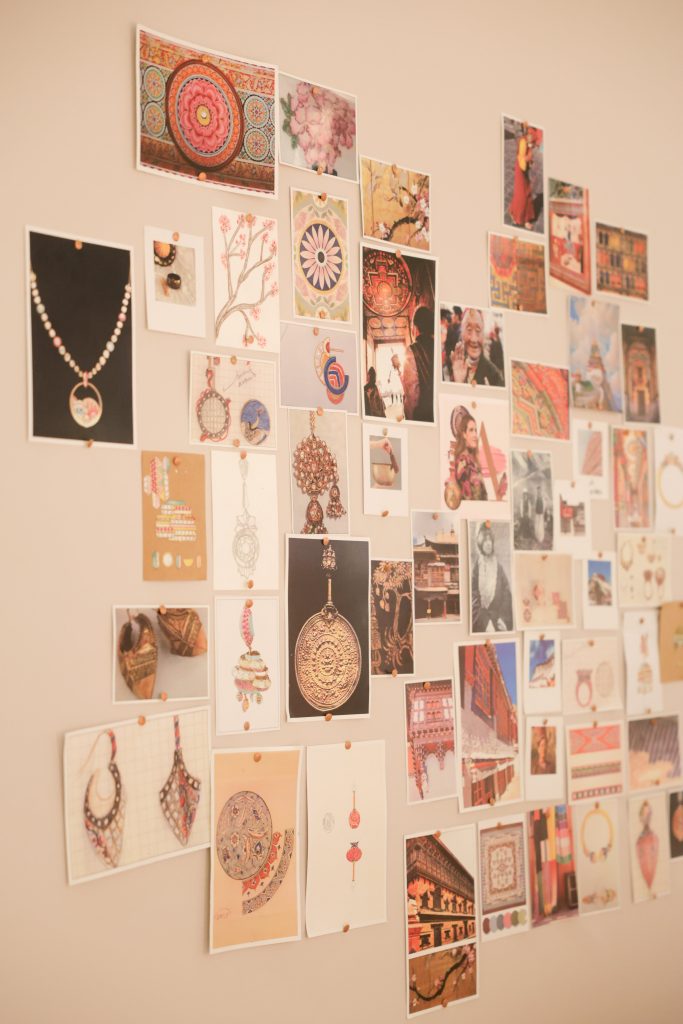
The 19-piece capsule reimagines traditional Indian jewellery forms—balis, jhumkis, yard chains—through a refined, architectural lens. Each piece is crafted in satin-finished 18k gold and adorned with uncut diamonds and intricate enamel work. Shades of sage green, blush rose, and dew evoke natural calm, while motifs like cherry blossoms and chevrons echo across forms. The capsule’s inspirations—sacred geometry, architectural layering, and a reverence for materiality—resonated deeply with the architects and spatial designers community.
Noted designer Bobbi Tuli from Within shared his admiration for the five-year journey behind the enamel work, calling it “astonishing and beautiful in every aspect.” He was particularly moved by the cold enamel technique—a process that layers colour without the use of heat—praising its refinement and prestige.
Geetanjali Kasliwal, co-founder of AnanTaya & AKFD, spoke of the deep architectural sensibility in each piece. “From the colours of the meenakari to the subtle nods to monasteries, you can find art in every reflection of the Lhasa collection,” she noted, pointing out how the capsule blurs the line between wearable jewellery and miniature architecture.
Known for her vibrant interpretations of sacred architecture and cultural memory, Alice brings her expertise in meenakari to the fore. The designs feel both time-travelled and strikingly contemporary —rooted in memory, yet relevant to the moment. The collection also draws references from the journey of Alexandra David-Néel, the first Western woman to enter Lhasa. Much like the Zoya woman, David-Néel’s journey across borders was mirrored by a deeper inner one—an exploration of identity, independence, and cultural dialogue.
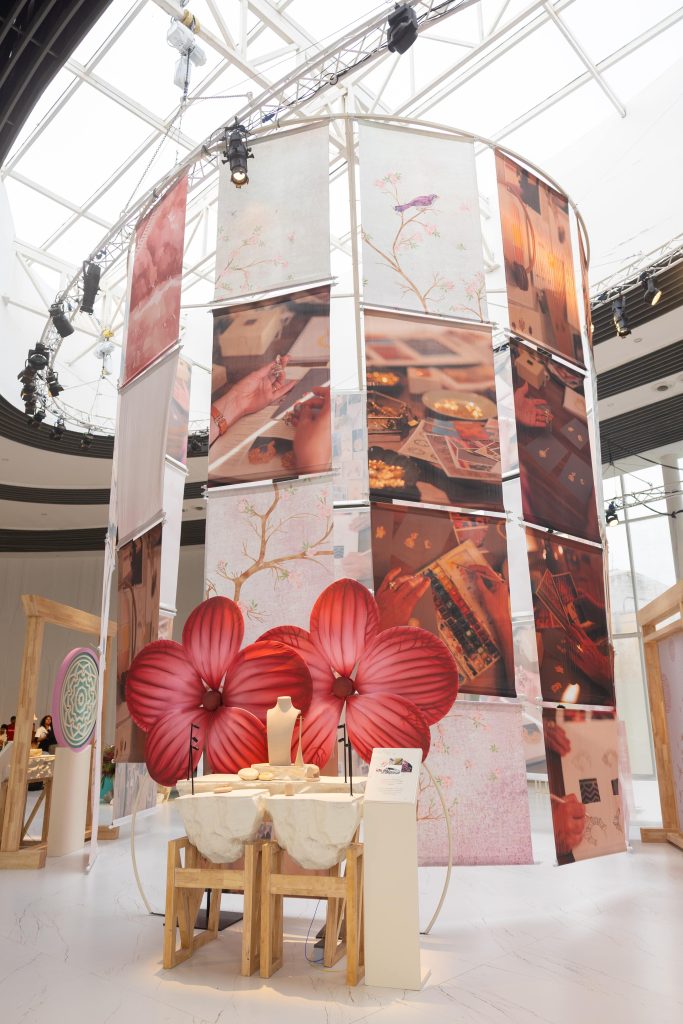
The event at The Upper House by Tivoli was an immersive experience designed to reflect the soul of the collaboration. The space was transformed to echo the tranquil mystique of Himalayan monasteries, accented with textures, lighting, and floral installations that nodded to the collection’s core themes. Guests were welcomed into an atmosphere that felt more like an art salon than a product showcase. Each jewellery piece was displayed in bespoke vitrines, allowing guests to view them as object of art. The space encouraged contemplation, curiosity, and conversation.
One of the most memorable moments of the evening was an on-stage conversation between Alice Cicolini and Revathi Kant, Chief Design Officer at Titan Company. “When Zoya approached me with the idea of working with uncut diamonds and enamel, it felt like a meeting of minds,” said Cicolini. Kant echoed the sentiment, highlighting the years of research that preceded the launch. “This collaboration is rooted in deep intentionality. It’s a true design-led moment for Indian jewellery and a proud one for us at Zoya.”
“This wasn’t just about jewellery. It was about creating a shared language of craft and culture”, says Alice Cicolini.
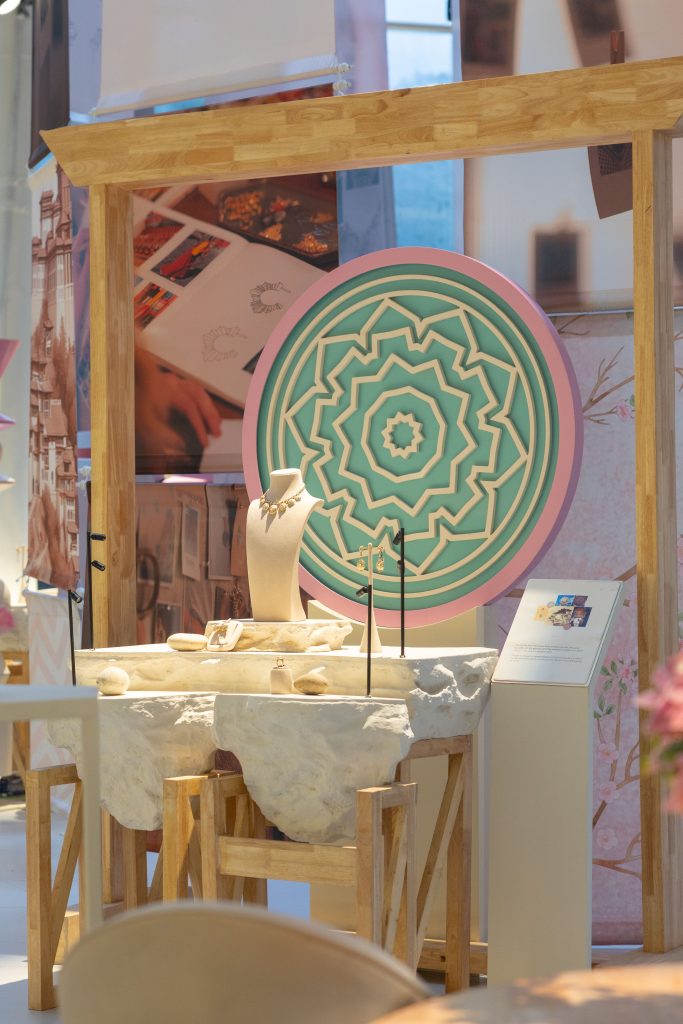
In a nod to the cross-cultural theme of the evening, the live music performance added an evocative layer to the experience. Kavish Seth, along with his band and a Tibetan collaborator, presented an original set that blended Hindustani classical music with Tibetan folk motifs.
Also Read: Pichwai Panels And Thikri Mirrors Bring Indian Heritage Inside This Contemporary Mumbai Home
The performance was more than entertainment. It was an exploration of shared sonic traditions, designed to mirror the collection’s bridging of craft and geography. The musical fusion underscored the emotional and cultural threads that tie the capsule together. The food and drink were not mere accompaniments but part of the storytelling. Every element of the event, from flavour to form, echoed the collection’s emotional and geographical inspiration.
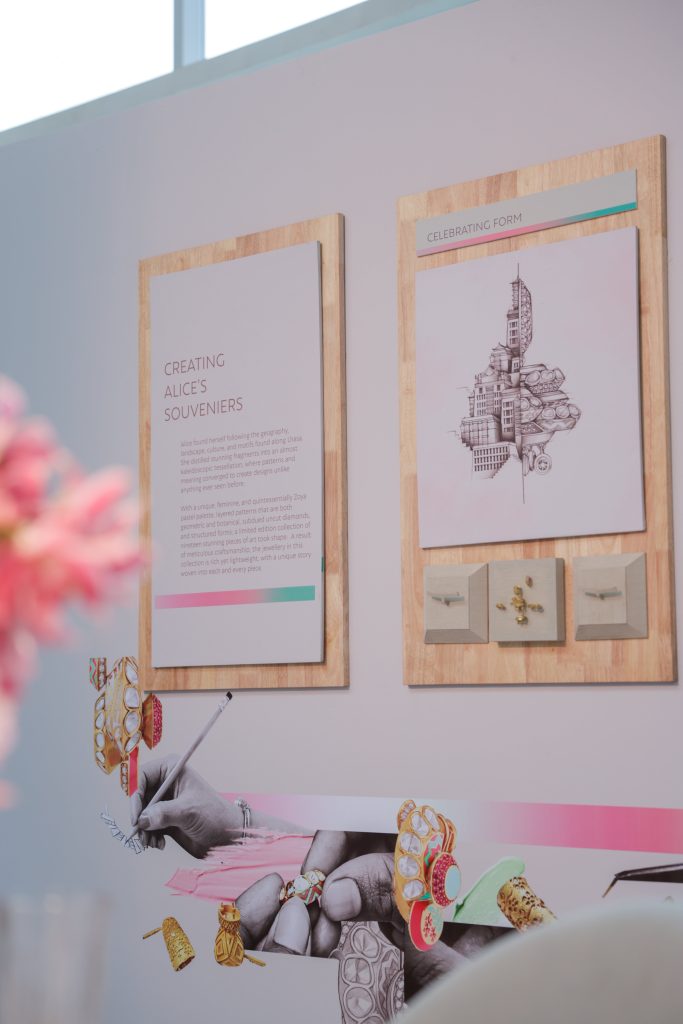
This collaboration signals a new chapter in Indian luxury. It repositions the Indian fine jewellery space as a site for cultural dialogue, where craft is not only preserved but reinterpreted through global lenses. Alice Cicolini brings decades of cross-cultural practice, including her work with artisans in Jaipur and her background in arts policy. Zoya, in turn, lends a uniquely Indian sensibility—an ability to infuse jewellery with narrative and emotion, without sacrificing modernity or edge.





